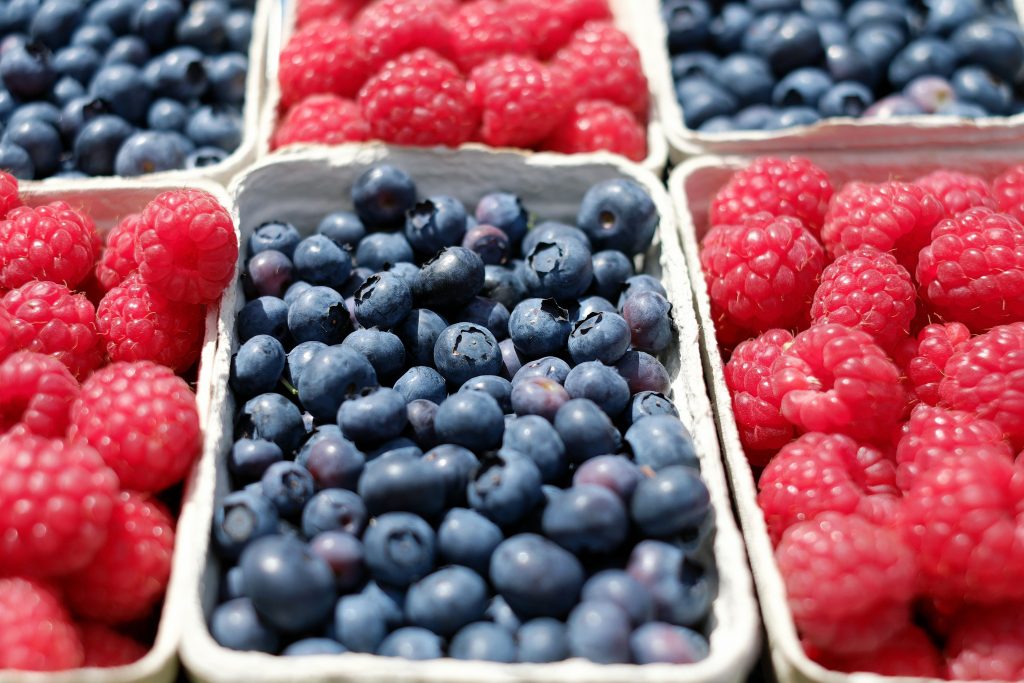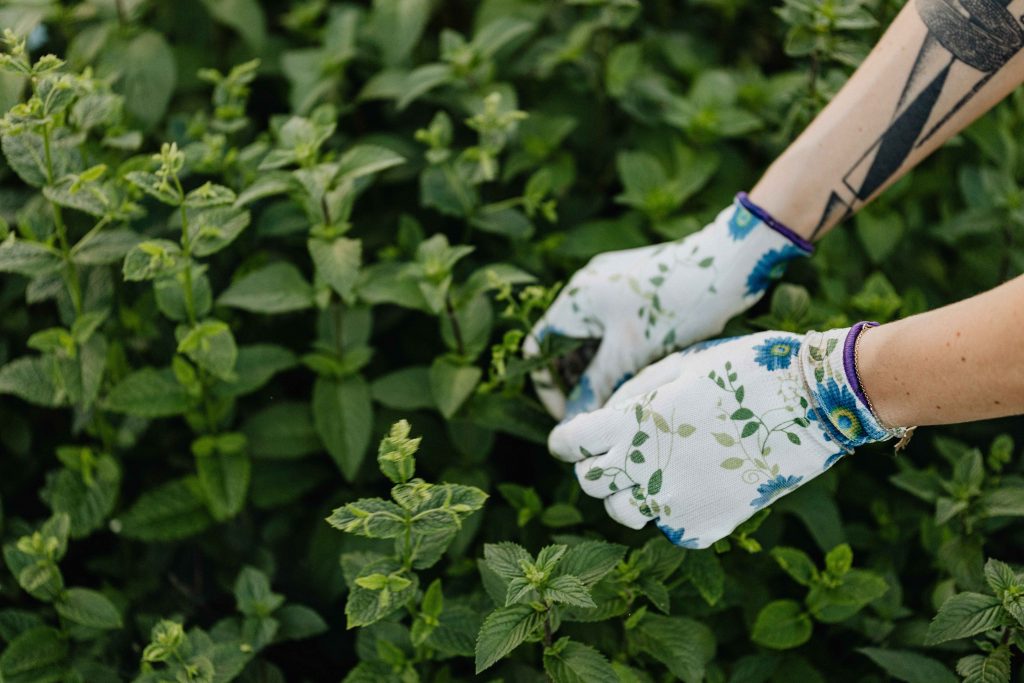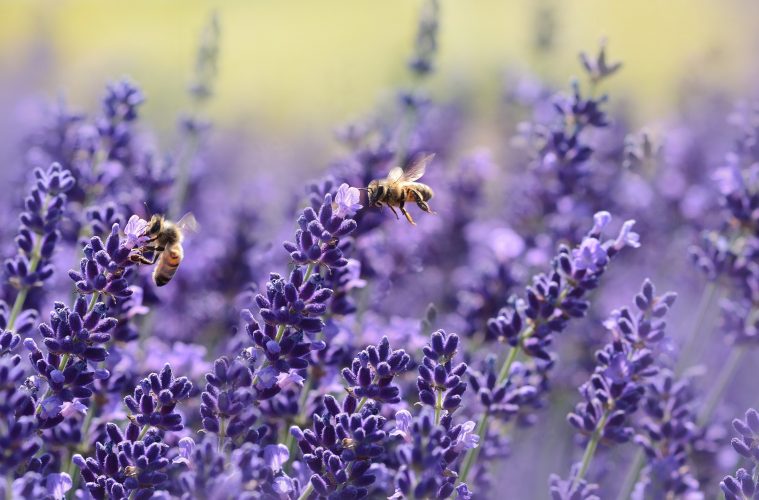Whether it be food forests or victory gardens, growing edible plants is a sustained gardening trend that never seems to die down. With more and more gardeners joining the field every year, everyone is looking toward fruits and vegetables as their first gardening project.
This has spawned several trends within the edible growing sphere, one of which is foodscaping. This trend is fast gaining popularity, but what exactly is it?
What is Foodscaping?
In short, foodscaping is landscaping with edible plants. But when you dig deeper, it’s not as simple as it sounds.
Foodscaping argues for the removal of the traditional vegetable garden, with rows and rows of planting that take up tons of space and resources and contrast heavily from the more decorative and aesthetically pleasing planting of ornamental gardens. Instead, foodscaping principles advocate for combing the two, seamlessly mixing edible plants into your existing landscaping design to create a foraging garden that looks as good as it tastes.
It is also an incredibly easy trend to join in on. By replacing your existing ornamental plants, whatever their purpose may be, with a similar edible plant, you can save a ton of gardening space and grow an abundant harvest that doesn’t sap your gardening resources. This practice is also great for the planet, supporting the wildlife and pollinators in your area and limiting the use of harmful chemicals in your garden.
The Best Edible Plants to Choose from for Foodscaping
Berries
In colder regions of South Africa, the wide range of berry plants make wonderful foodscaping choices. Blueberries, raspberries, and other similar plants produce lush foliage in large shrubs that are great for lining fences or separating garden zones. They form an edible hedge, producing an abundance of food for your family and for the families of bird in your area.

Natal Plum
If your climate doesn’t get cool enough to grow berries, you can instead opt for the Natal Plum as your edible hedge. These plants develop long and sharp thorns with dense foliage, making them ideal hedges for both privacy and security. Evident in the name, they are also native to Southern Africa and are beloved by local birds and bugs.
Nasturtiums
An existing veggie garden staple, nasturtiums are known for their ability to draw away common pests like aphids, acting as a trap crop. But that’s not all they’re good for. These plants are also great groundcovers, spreading incredibly quickly and covering soil with their large leaves and colorful flowers. Their peppery flavor makes them a perfect addition to salads and you can also eat the seeds as a snack known as ‘poor man’s capers’.
Mint
Mint is both loved and hated by gardeners everywhere. This plant devours garden resources, spreads incredibly quickly, and does not play nice with any nearby plants. However, these characteristics are also what makes them such great foodscaping plants. Mint is the ideal lawn replacement or ground cover, covering entire empty patches of soil with greenery in no time. There are also many hybrids with interesting flavors to choose from, from pineapple to chocolate.

Lavender
One of the most popular perennials in South Africa and around the world, no garden is complete without at least one lavender plant. Although they are favored for their amazing scent, soft purple flowers and ability to attract pollinators, lavender is also edible – a great fragrant herb for sweet desserts and teas.
Pansies
Edible flowers add a pop of color to your salad or cakes and to your gardens. When choosing the ideal edible flower, you certainly can’t go wrong with pansies. Available in a wide range of colors, these plants are suitable for interplanting in ornamental beds, lining pathways, or growing in containers or hanging baskets on patios. The options really are endless.
ALSO SEE: Top tips for growing mint

